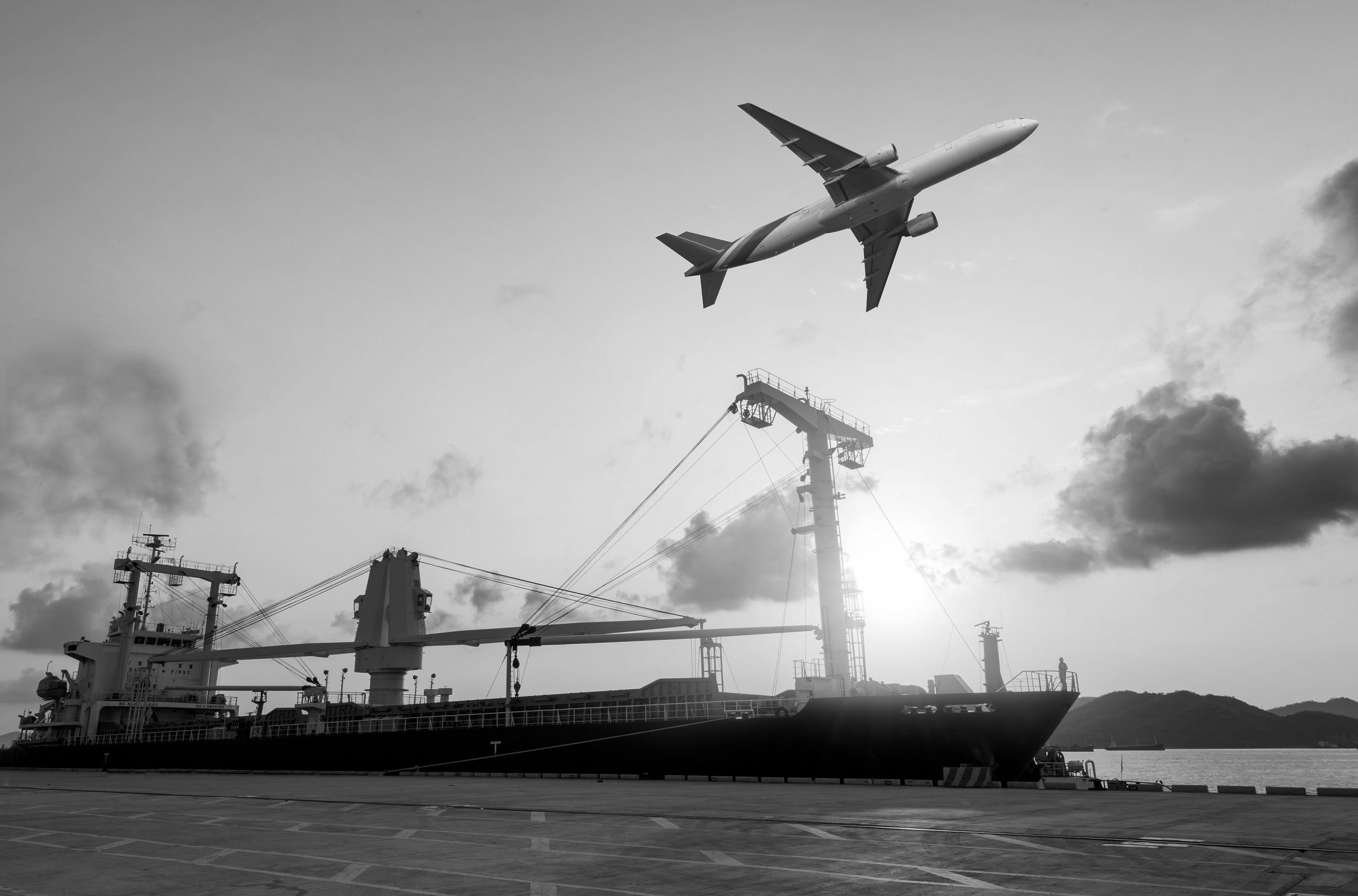ARTICLE ORIGINALLY PUBLISHED 25TH SEPTEMBER 2017
Shipping carries over 90% of world trade. Until anti-gravity transport is invented nothing will replace it. This island race has salt water and shipping in our veins and history. As befits our special relationship with the Creator it is obvious that he is a shipping man. He covered two thirds of the Earth in water and put the natural resources as far away as possible from where they are needed. As Britannia ruled the waves so London became the maritime center of the world and still retains an international influence completely disproportionate to the actual physical size of British controlled shipping. London still has the finest shipping infrastructure in the world. However, the momentum as with so many other businesses is moving East. Singapore, with financial inducements and recently the takeover of the Baltic Exchange, is making serious and realistic progress to threaten London’s long term maritime position.
It should logically follow that ship owning companies are therefore as safe as houses for investment. But logic is not a major component of the shipping industry. Direct access to private investment in shipping is hard to find. World ship owning has been and still is dominated by principal-led independent family owned companies, Greeks still very much to the fore. The Golden Greek shipowners of the era past, so beloved by the society and scandal pages, actually laid very solid commercial templates for their heirs and many successors. Little outside investment opportunity was available. Their finance was principally mortgage based bank loans secured on their ships themselves. Equity in their owning and operating companies, domiciled tax advantageously, was not readily shared or offered.
Shipping for such a major strategic industry is peculiarly niche, somewhat opaque, highly cyclical, lightly regulated and high risk. Fortunes are made but failures, some spectacular, occur. In August 2016 Hanjin Shipping, the biggest Korean container line, filed for bankruptcy protection. Following the financial crisis of 2008, shipping went into a downturn, the worst on record, and has not yet even really begun the recovery.
Banks of course were at the heart of the financial crisis, its solutions, new ratios and regulations. Banks were forced to reconsider their many billions of dollars in shipping loan portfolios, especially given the massive collapse in value, both of the vessels themselves and their earnings, freights. Banks became much tougher on foreclosures as well as offering borrowers the chance to buy back their loans at a discount. Alternative sources of finance, particularly private equity and hedge funds, began to be attracted to shipping. With tangible assets of the vessels themselves and at the bottom of their value and earning cycles, shipping looked an interesting home for that small percentage of funds that seek out higher returns with higher risk. These small ‘risk’ percentages from the funds looking for homes were in fact very large sums indeed for the shipping market.
Funds in the first wave lacked shipping experience, they flooded in from 2011–2015. They particularly ordered newbuilding ships. The funds were effectively buying the majority equity in ships, newbuilds and secondhand, from the general markets or from existing owners they were working with. The established ship owners were taking minority stakes but they were operating the vessels commercially and technically, the funds bought vessels. A very different structure from owner’s historical bank mortgage finance.
There is an argument that neither the first wave of alternative finance into shipping, nor the shipowners, did proper due diligence on what each was trying to achieve. This was more significant for the funds. They were seeking much quicker returns, in and out in a few years, and a higher rate of return than traditional shipping offered. Ships have a life of 20 years or more over cyclical markets in both value and earnings. A newbuild vessel order takes at least two years from contract to delivery, offering no return in that period. Ship owning is a long game, funds play shorter. Private family owning companies by and large would also probably not have the analytic or reporting disciplines and corporate governance that funds were used to.
The shipping recession continued, indeed continues. Several commentators suggest private equity investments are drastically reduced from the early rush. It is suggested that a lot of early investors aren’t necessarily interested in increasing their exposure, because it will be difficult to find an example of private equity being successful investing. Those investors still in are looking for exits having not achieved the return or the internal rate of return they sought.
Funds are still interested in shipping but a lot more cautiously and specifically. They are interested in different products for shipping, possibly high interest debts. Some already in shipping companies are seeking takeover or merger targets to create larger companies with a critical mass for an IPO further down the line.
Fund managers already in the sector include JP Morgan Asset Management, Oaktree Capital Management LP, Carlyle Group, Blackstone Group LP, Apollo Global Management LLC and WL Ross & Co. LLC. They, and other funds just watching, are much more familiar now with the unique shipping business. They have seen its cycles. Funds still have massive amounts of money looking for opportunistic situations – enough easily to change shipping dramatically. But direct opportunities for the small investor in shipping are limited to the few quoted companies in New York, Oslo, Singapore and London, in that order. But they will be investing alongside funds in most of those companies. Why not invest in the funds?
Which and how of the main equity holders, funds or family, will bring in the next changes in ship owning and finance?







